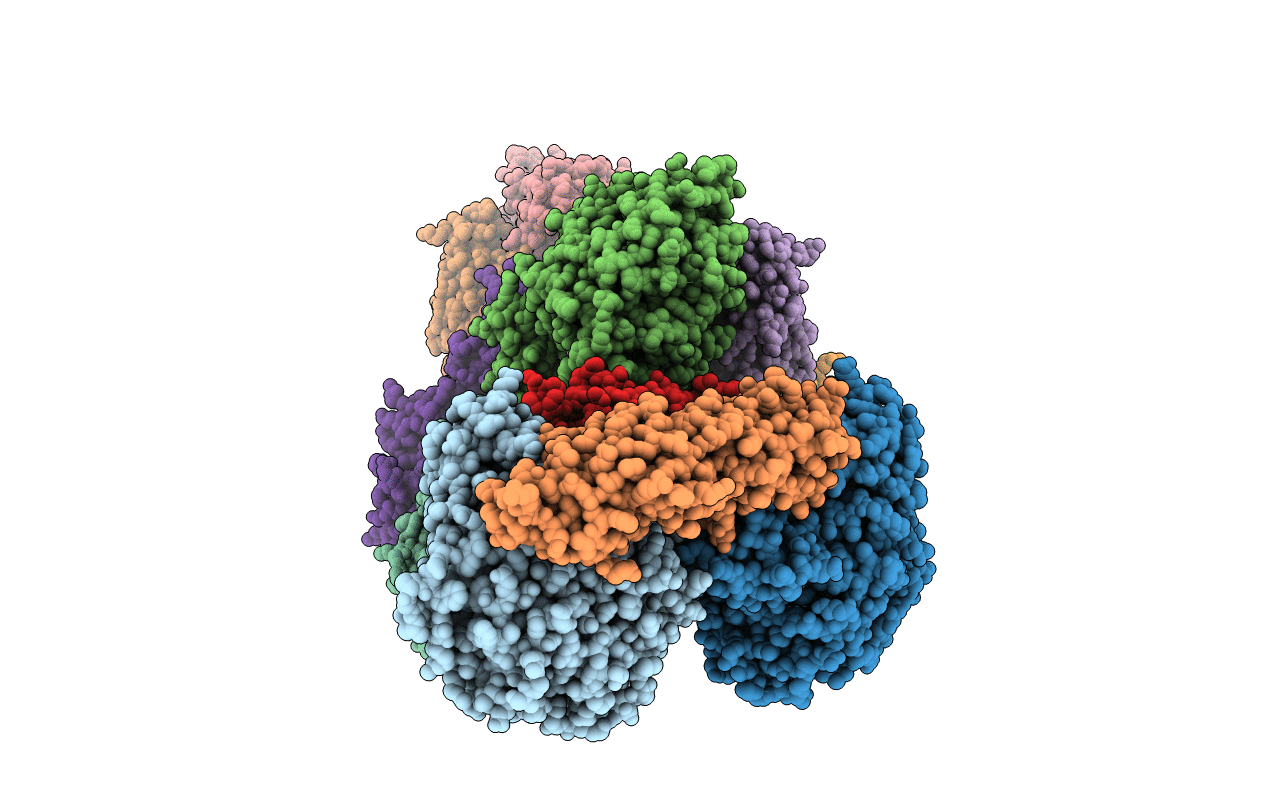
Deposition Date
2017-03-15
Release Date
2017-07-05
Last Version Date
2024-11-06
Entry Detail
Biological Source:
Source Organism:
Rattus norvegicus (Taxon ID: 10116)
Homo sapiens (Taxon ID: 9606)
Homo sapiens (Taxon ID: 9606)
Host Organism:
Method Details:
Experimental Method:
Resolution:
4.11 Å
R-Value Free:
0.31
R-Value Work:
0.28
R-Value Observed:
0.29
Space Group:
P 1


